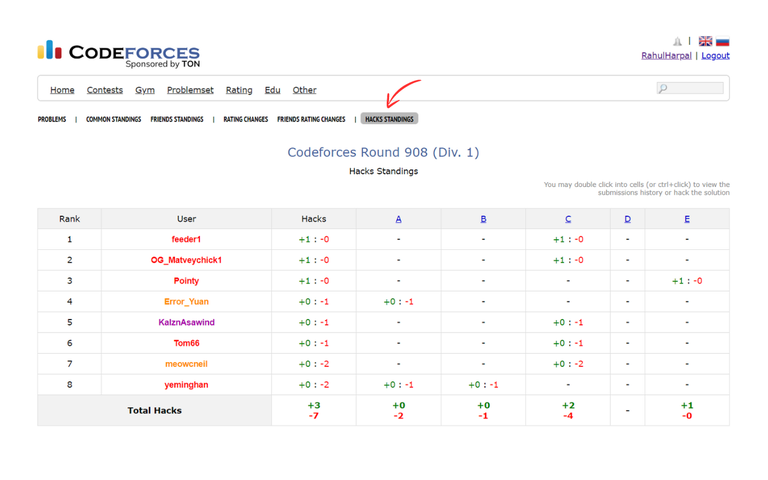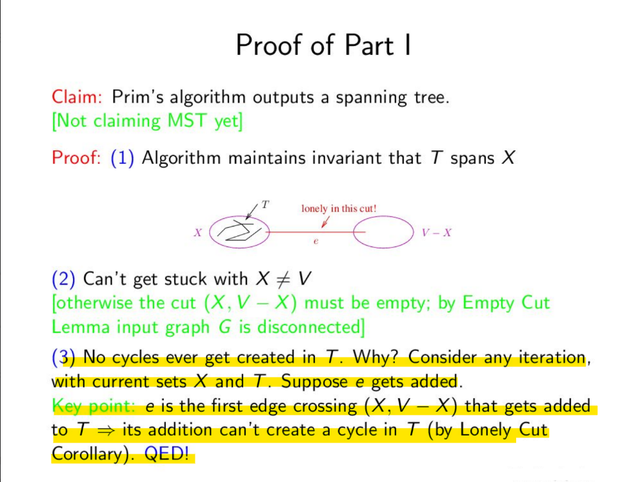We all love the magic feature which comes out every Christmas and lasts for around 20 days. This time, everyone was expecting Tourist to be on the list to change the color but sadly, we didn't get it :(
Thats is why, I coded up a Chrome extension to do this. How to become Tourist? Follow these steps:
1) Install this Chrome extension: https://chromewebstore.google.com/detail/cf-santa/plhbhcinlhibbpiebgihddlpbommhlbf
2) Write "tourist orz" in the comments with the handle you want to become tourist. My extension will do the rest :)
It may take up to 10 minutes to reflect changes. If you wrote the above comment, then anyone with this extension installed will be able to see you in Tourist color!
As an honour to tourist, we are making his colour to tourist again, till 10th January.
Also this extension will work till 10th January only! So do not wait, install now :)
Are there any other titles you want me to add? Please share your thoughts.
Note: If any of your comments contain "tourist" as a substring, you will be considered for the handle change. If you want to opt-out, you can revise your comment.
To show that this extension does nothing sketchy, I have made the source code public: https://github.com/rahulharpal1603/CF-Santa
Thank You.














